Xiaomi Mi 6 Review – The Disruptor Among The Titans
The Xiaomi Mi 6 has impressed us with its versitality and photography skills
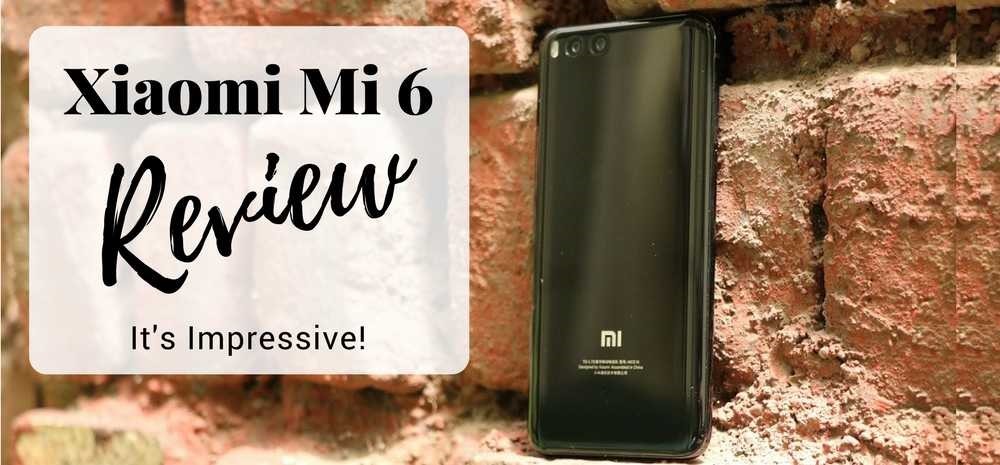
Xiaomi launched their first phone, the Xiaomi Mi3 in India on 15th July 2014. It was a flagship which cost less than half of what other, more established brands’ flagships cost. The online only flash sales made it even more alluring. The phone was a runaway success.
Since then, Xiaomi has not looked back and is riding the success train to newer and larger sales records. Currently, Xiaomi is among the top 3 best-selling smartphone brands in India. Ahead of most of the other leading smartphone brands in the world.
Xiaomi have always kept it simple. Give the best possible specifications in the least possible price. It is a simple formula that has done wonders for their sales and their image in India.
None of the Xiaomi smartphones launched in India uptil now have cost over Rs. 25,000/-, not even the top-spec’d flagships. Their phones are well-built and perform quite well in daily usage.
But the main point of attraction is the price. Very few phones have achieved the value for money proposition offered by all Xiaomi phones.
The Xiaomi Mi 6 has been launched and is available in China for quite some time now. As of writing this review, we do not know whether this phone is going to be launched in India in the near future. After all, Xiaomi’s forte is the mid-range phones.
The Xiaomi Mi6 is a premium flagship device which costs a bit on the higher side, but is by no means exorbitantly costly. Let us take a closer look at what makes this phone tick and whether it is worthy of carrying the flagship moniker.
Contents
Xiaomi Mi 6: Built To Last
The Xiaomi Mi 6 features a unibody construction with 3D glass at the back and a stainless steel frame to give it structure and rigidity. The phone feels surprisingly heavy when you first pick it up. But it is a good heft.
The phone feels dense and indestructible. The glass at the back gives it a sleek, sophisticated look. But, it is a fingerprint magnet. Sporting a smaller 5.15” screen and small bezels, the phone fits perfectly in hand.
The backside of the Mi6 sports a glossy finish. A MI logo sits at the bottom along with some regulatory information. The dual 12.0-megapixels cameras and the dual-tone, dual LED flash sit in the top-left corner. Rest of the back is bare. The antenna strips are barely visible and are embedded in the steel frame which runs around the entire phone.

The power button and the volume rocker are located on the right edge of the phone. The left edge bears the dual SIM tray which needs a SIM eject tool to be taken out. At the bottom, there’s the reversible USB type C port for charging and listening to music. That’s right, there’s no 3.5mm headphone jack. But Xiaomi includes a USB C to 3.5mm adapter in the box. The USB port is flanked by speaker grills on both the sides. But only the right one is the speaker.
On the top, there’s an infrared port along with a secondary noise cancelling microphone.
The front side of the phone is dominated by the 5.15” LCD display, which disappears in the background when it is off, at least on our black unit. At the top of the display, is the earpiece which acts as a second speaker while gaming and watching movies. There’s also an LED indicator which lights up while charging and when a notification is received.
Below the display is the super-sensitive fingerprint scanner. It is highly accurate and works every time. It also acts as a capacitive home button; it is not a mechanical one.
There are two backlit dots on both the sides of the home button. These act as Back and Multi-tasking buttons. The function assigned to both these buttons can be interchanged through settings.
Though the phone is heavy, all that weight is reassurance of high quality and a sturdy build. It is the kind of a build quality expected of a flagship
Xiaomi Mi 6: Detailed Specifications
Before going ahead in this review, let us go through the spec sheet of the Xiaomi Mi 6 in detail.
| Dimensions | 145.2 mm x 70.5 mm x 7.5 mm (H x W X D) |
| Weight | 168 gm.; 182gm. (Ceramic Version) |
| Network Compatibility | 2G / 3G /4G; VoLTE Enabled |
| SIM | Dual SIM; Nano SIMs; Dual Standby |
| Memory/Storage | 6GB RAM + 64 GB Storage; 6GB RAM + 128GB Storage |
| Expandable Storage | No Expandable Storage |
| Display | 5.15” Full HD IPS LCD Display; 1920 x 1080 pixels; 428 PPI
71.4% Screen-To-Body Ratio |
| OS Version | MIUI 8 based on Android 7.1.1 Nougat |
| Chipset | Qualcomm MSM8998 Snapdragon 835
CPU: Octa-core (4 x 2.45GHz Kryo + 4 x 1.90GHz Kryo) GPU: Adreno 540 |
| Battery | 3350 mAh, Li-Po; Non-Removable Battery |
| Camera | Primary Camera:
Dual 12.0-megapixels; 27mm, f/1.8, 4-Axis OIS + 52mm, f/2.6; 2x Optical Zoom; Phase Detection Autofocus; Dual LED, Dual-Tone Flash; 1/2.9″ sensor; 1.25 µm @ 27mm & 1.0 µm @ 52mm Pixel Size; Geo-tagging; Touch Focus, Face Detection, HDR, Panorama Video: 2160p@30fps, 1080p@30fps, 720p@120fps Secondary Camera: 8.0-megapixels; 1080p Video |
| Connectivity | Wi-Fi 802.11 a/b/g/n/ac, Dual-Band, WiFi Direct, DLNA, Hotspot
Bluetooth V5.0, A2DP, LE NFC; Infrared Port GPS with A-GPS, GLONASS, BDS USB Type-C 1.0; Reversible Connector |
| Sensors | Fingerprint (front-mounted), Accelerometer, Gyro, Compass, Barometer, Proximity Sensor and Ambient Light Sensor. |
| Other Features | Splash Resistant; Supports Quick Charge 3.0; No 3.5mm Audio Jack |
These are all flagship specifications, with perhaps the exception of the full HD display. Most of the flagships nowadays sport a quad HD display. Nevertheless, the display on this phone is gorgeous. The dual cameras and the 6GB RAM standout in this impressive spec sheet. 6GB RAM is at par with all the other flagships available in the market and so are the dual cameras. It is an overall impressive package.
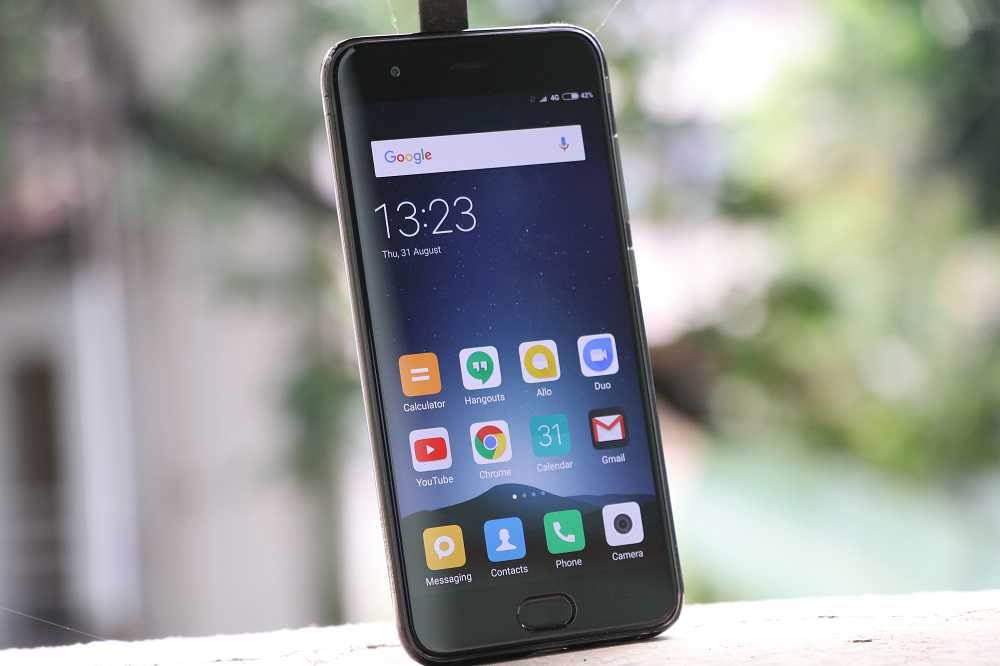
Xiaomi Mi 6: Display Is Awesome!
The Xiaomi Mi 6 comes equipped with a 5.15” full HD IPS LCD display. It can get very bright at up to 600 nits. It is easily viewable outdoors, even in direct sunlight. The presence of an ambient light sensor enables the Mi6 to adjust the screen’s brightness according to the amount of light around it. It worked very well during our tests.
One good thing about the display is that, at the lowest brightness level, the brightness goes way down, but the display is still visible. This is great for some late-night reading.
There’s even a dedicated ‘Reading Mode’ which cuts out the blue light from the display, giving it a warmer tone. It can be switched on with a toggle or it can be scheduled to switch on and off during a particular time period of the day. The intensity of this effect can be adjusted according to one’s preference. It can even be configured to turn on when certain apps are launched e.g. Amazon Kindle or any other reading app.
The colour tone of the display can be adjusted through a slider. Surprisingly however, there are only three positions on the slider; ‘Warm’, ‘Standard’ and ‘Cool’. There is no granular control.
The same goes for contrast. There are only three settings; ‘Automatic Contrast’, ‘Increased Contrast’ and ‘Standard Contrast’. But most of the users don’t bother to fiddle with these display settings and tend to leave them on default setting, which works just fine on this display.
There are six settings for controlling the system-wide text size; XS, S, M, L, XL and XXL.
There’s also a setting for Double tap to wake the screen. It is turned off by default. You can switch it on, if you so prefer to.
Overall, we can say that this is one of the best displays available on a smartphone right now. The display is clear, bright and sharp! The full HD resolution translates into a high pixel density on the 5.15” display of the Mi 6.
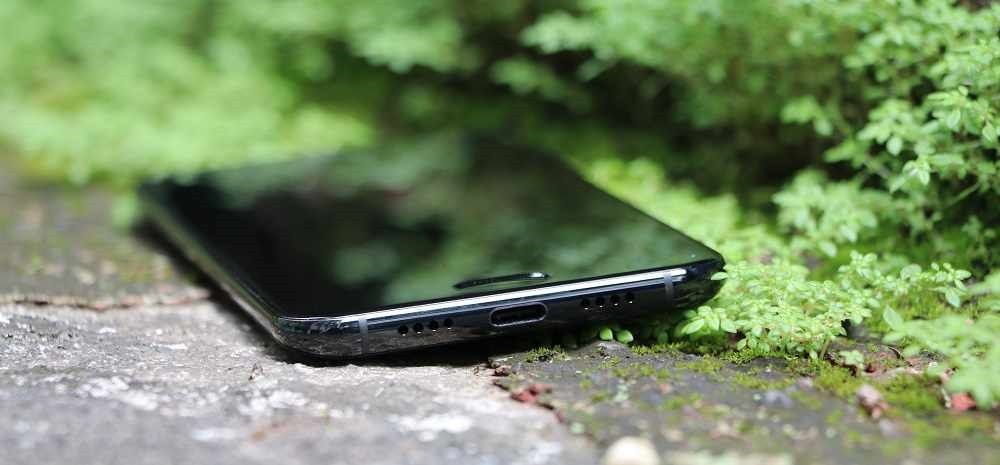
Xiaomi Mi 6 Cameras: Two For The Price Of One
The dual cameras on this one are one of the stand-out features of this phone. This is only the second smartphone from Xiaomi to feature dual cameras. The first one was the Mi 5S Plus.
But the implementation ‘Dual Cameras’ on both these phones is as different as night and day. The Mi 5S Plus dual cameras were made for capturing rich details. It had one colour sensor and one monochrome sensor which enabled it to gather more details.
The Mi6 dual cameras on the other hand are made for capturing photos with lossless zoom. The wide-angle lens has a focal length of 27mm and f/1.8 aperture. The telephoto lens has a focal length of 56mm and f/2.6 aperture.
Let’s get the obvious question out of the way. The image quality of the Mi 6 is excellent! Especially the macro mode. During our time with the phone we always managed to capture good images. Only on one occasion did we see motion blur when we were clicking photos at night.
Photos clicked at night turn out really good. You can see in the sample shots below the amount of details captured even in photos where other sensors would have flared out. Colours are nicely retained. There is some amount of noise, but the images are still very much usable. A little post-processing can work wonders if so desired.
There is an HDR mode in Mi 6’s camera, but it has to be manually toggled on. There is no auto-HDR here. HDR works very well to retrieve details from the darker areas, but it is not overly aggressive.
Images clicked indoors, under artificial light come out surprisingly well. Again, colours are rendered correctly and there is minimal amount of noise. The dual-tone, dual LED flash is powerful and works very well in low-light situations. Even in well-lit surroundings, it can act as a fill-flash for portrait photography.
The Xiaomi Mi 6 is capable of capturing 4K videos at 30fps, 1080p videos at 30fps and slow-motion 720p videos at 120fps. The big news here is that the camera features 4-axis Optical Image Stabilization.
Video capture supports two modes; ‘Time-Lapse’ and ‘Slow-Motion’. Time-lapse has a range which starts from Interval of 0.3 seconds and goes right up to Interval of 60 seconds. You can click still photographs simultaneously while shooting videos.
Xiaomi has provided a veritable plethora of still image modes to choose from;
- Panorama: The Panorama Mode works with the phone in portrait orientation. Just click on the shutter button and pan the camera in the desired direction.
- Timer: Timer works as advertised. You can set the timer at three preset intervals; 3s, 5s and 10s.
- Audio: This mode supports voice commands. Just say “Take picture”. The phone starts a countdown from 3 and then clicks a picture.
- Manual: This is the equivalent of ‘Pro’ mode present in some other camera phones. You can choose which lens you want to use; wide-lens or telephoto. You can then choose to adjust the White Balance, Focus, Exposure Time and ISO.
- Straighten: This is a great mode for newbie photographers who always manage to click crooked pictures. While in this mode, it is next to impossible to click crooked pictures.
- Beautify: This mode give three levels of beautification that can be applied to portrait photographs.
- GroupShot: This mode clicks multiple photos of a group and analyses the best expression for each person and combines the together in one photograph.
- Tilt-Shift: This mode gives a forced shallow depth of field to give some interesting outputs.
- Square: This does what it says; allows you to frame photos for a square image. Useful for posting photos on Instagram.
- HHT: This is the night mode and allows you to take clear photos in low light or at night.
There is a dedicated button for ‘Portrait Mode’ which blurs the background of a portrait photograph. This works well within a radius of 2 meters.
The Selfie Camera on the Xiaomi Mi 6 is an 8.0-megapixel shooter which is capable of shooting 1080p videos. It supports three image modes for still images; Timer, Audio and GroupShot.
There are a variety of filters which can be applied in real-time to check the output even before an image is clicked.
The camera app is simple. It does not overwhelm the user with too much options and settings in the first glance. Some areas of the app are unintuitive. The dedicated portrait mode button is right there in the view-finder, but it is not immediately apparent as a toggle for the portrait mode.
Some Camera Samples
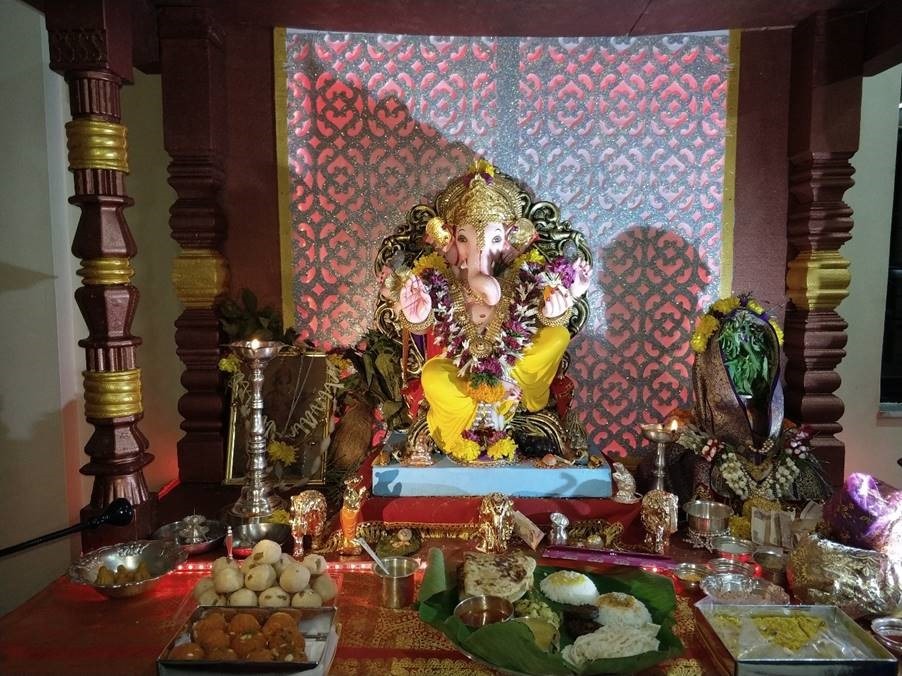
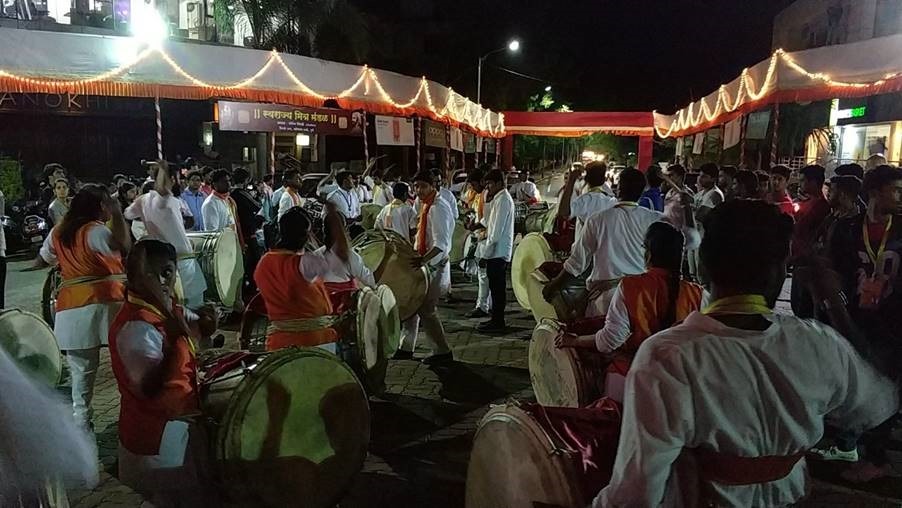



Xiaomi Mi 6 Software: MIUI 8 Works Great As Usual
The Xiaomi Mi 6 which we are reviewing has the MIUI version 8.2 based on Android 7.1.1 Nougat. MIUI has come a long way since its launch and has now evolved into a mature platform with inherent stability.
As with all Chinese smartphones, there is no app drawer on the Mi 6. All the apps are displayed on the home-screens, along with widgets. You can choose transition effects which occur while navigating between two home-screens.
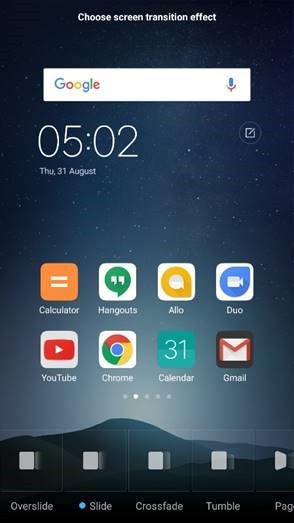


Themes are a big part of the MIUI and theming is one of the favourite feature of MIUI fans. The Mi 6 comes with five pre-loaded themes. There are many more themes available in the theme store for free, along with free wallpapers and free ringtones.
You can also have widgets on home-screens. Widgets are nothing but ‘Mini Apps’ which are open on the screen all the time. E.g. the calculator widget.



The Xiaomi Mi 6 supports ‘Second Space’. This is where you can have two separate profiles, one for your personal use and the other can be your work profile. Both these profiles can have their own themes, wallpapers and their own separate apps.
The Mi 6 has ‘Security’ app which keeps the overall health of the phone in check. It has easy access to Data Usage, Blocklist and Permissions in addition to featuring a Cleaner, Battery Monitor and Virus Scan. It is a native app and is very handy when a situation calls for it.


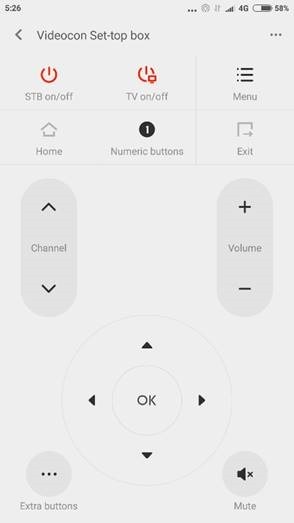
The Xiaomi Mi 6 comes equipped with an Infrared Sensor on the top edge. It enables the Mi 6 to work as a remote control for a variety of devices including air-conditioners, TVs and set-top boxes. We have managed to make it work with our Videocon set-top box, and it works quite well.
MIUI needs no second introduction. It has been a fan favourite for the longest amount of time. Xiaomi listens to feedback from its users and implements their suggestions during further updates to the UI. This is one of the main reasons for MIUI’s beloved status.
MIUI delivers a smooth and consistent performance throughout the device. The 6GB RAM helps it to chug along smoothly in day to day activities.
Most of the ‘extra’ apps which come pre-loaded on a Xiaomi phone are made by Xiaomi and can thankfully be uninstalled.
Xiaomi Mi 6 Review: Performance Beast
The Xiaomi Mi 6 is powered by a Snapdragon 835 octa-core processor, which is supported by a generous 6GB of RAM. This processor is the current reining champion of the silicon world. The flagships have all moved on from 4GB RAM to 6GB RAM. Some phones now even pack in 8GB RAM.
In day-to-day use, the Mi 6 performs admirably, without any lags or hiccups. The fingerprint sensor is blazingly fast and works every single time. Not once has it failed to unlock the phone for us.
The Mi6 supports 4G VoLTE. We had a Jio SIM inside the phone for the duration of the review. This is where the phone failed us. Perhaps the only time it failed us. When we first booted the phone after inserting the SIM card, it showed us the VoLTE notification on the screen. We made a test call and everting worked perfectly.
When it comes to games, this phone is a little pocket beast. Games run smoothly! We tested this phone with some casual games like Subway Surfers and Temple Run. We also played some heavy games like Unkilled, Modern Combat and Asphalt8. What a load of fun we had! All the heavy games ran smoothly at the highest settings.
The dual stereo speakers offer a complete immersive gaming experience.
The 3350mAh Li-Po battery powers the phone throughout the day. With moderate usage, the phone should last for the entire working day. For heavier usage, the phone might need a quick top-up to last through the day. The phone supports Quick Charge 3.0 and ships with a fast charger. So, even a 20 minute charge will carry you over the threshold.
Considering the dimensions of the phone, the battery performs admirably.
One Possible Kink In The Armour
The call quality was excellent and the call was clear at both the ends. This is where the problems started. When we went back to the phone, the VoLTE symbol had disappeared. The data network was working quite well, but we could not make or receive voice phone calls.
One reboot set things right and the VoLTE symbol reappeared. But it disappeared again after 7 minutes. This issue has persisted throughout the review period.
To put things in perspective, we declare that we have received this phone from China. Maybe, this issue is a one-off thing or it could be an issue in this particular handset. We’re feverently hoping that a future software fixed this.
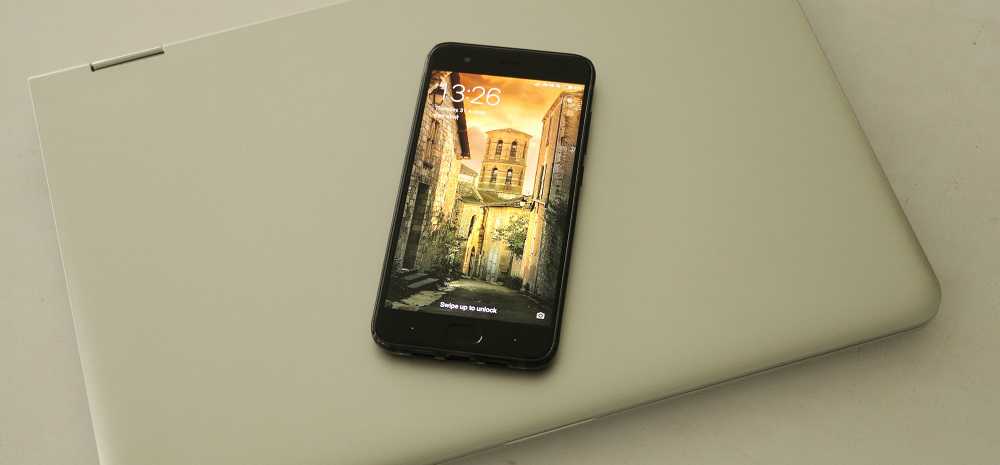
Conclusion: It’s An Easy One
Xiaomi has worked hard to establish itself as a quality smartphone maker, in India. But this latest flagship, The Xiaomi Mi 6, has not yet launched in India. Xiaomi hasn’t even hinted of its intentions in regards to this smartphone.
If launched in India, it could cost around the Rs. 25,000/- to Rs. 28,000/- mark. At that price, it would be a steal!
If you cannot wait to get your hands on it, you can buy it here right now at www.banggood.com
In that price range, there’s only one smartphone available with comparable specifications, the OnePlus 3. Xiaomi still have a chance to capture this segment all to themselves. They just need to make the decision and hurry to launch the Xiaomi Mi 6 officially in India. We’re sure it would sell faster than hot cakes!

Great, in-depth review!